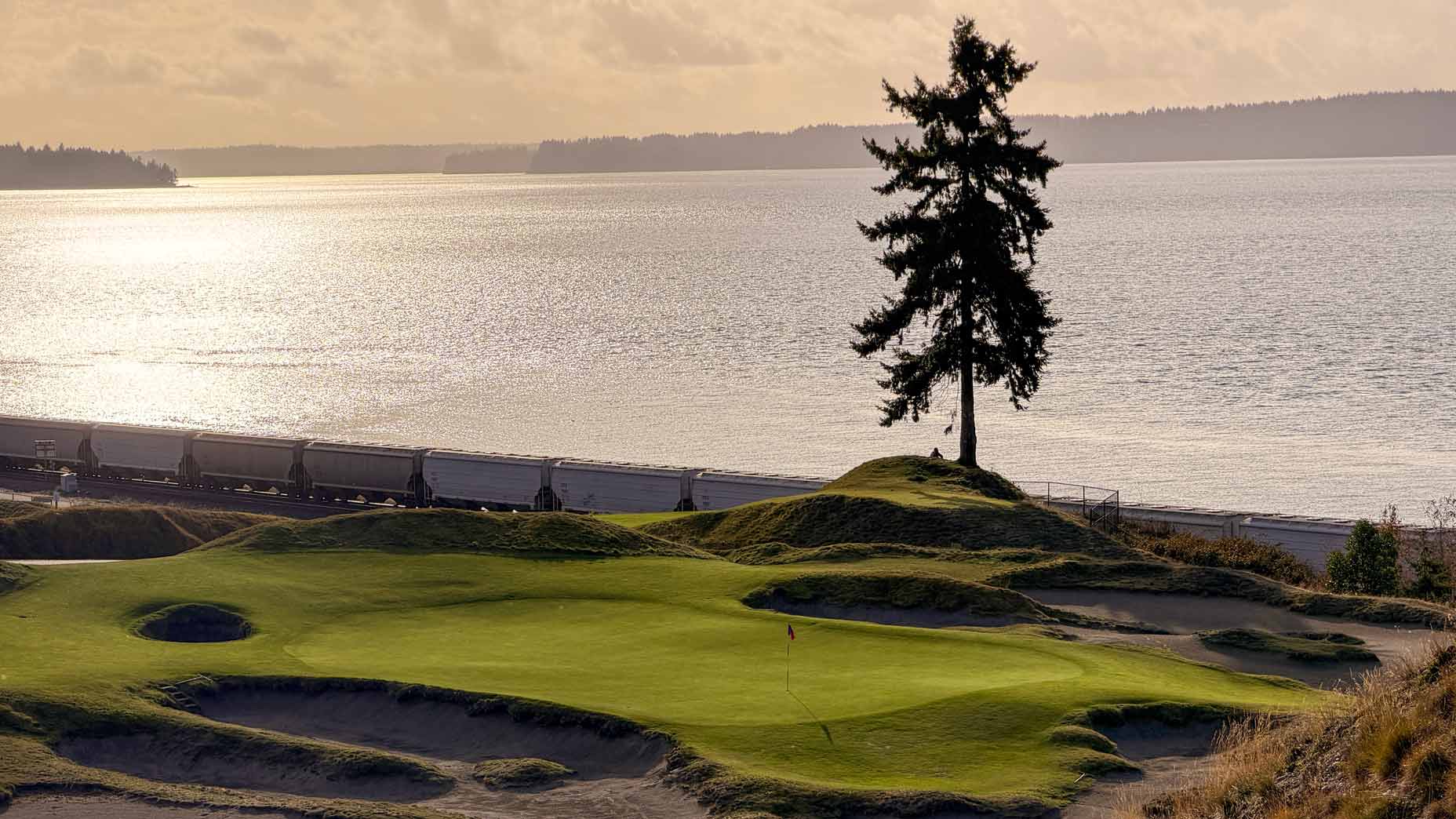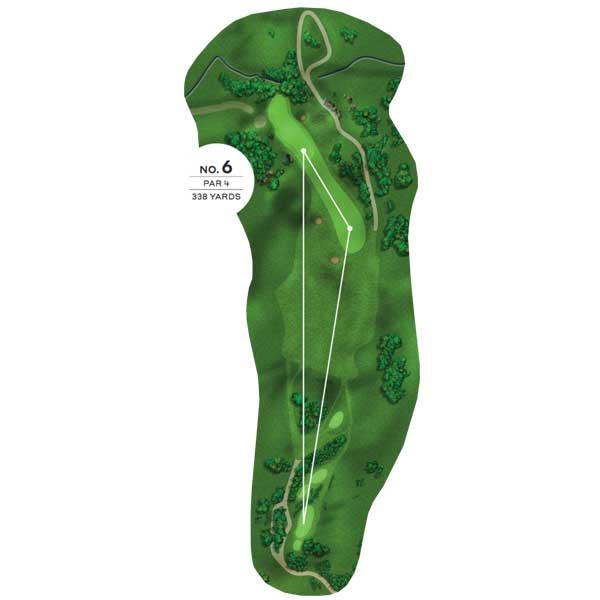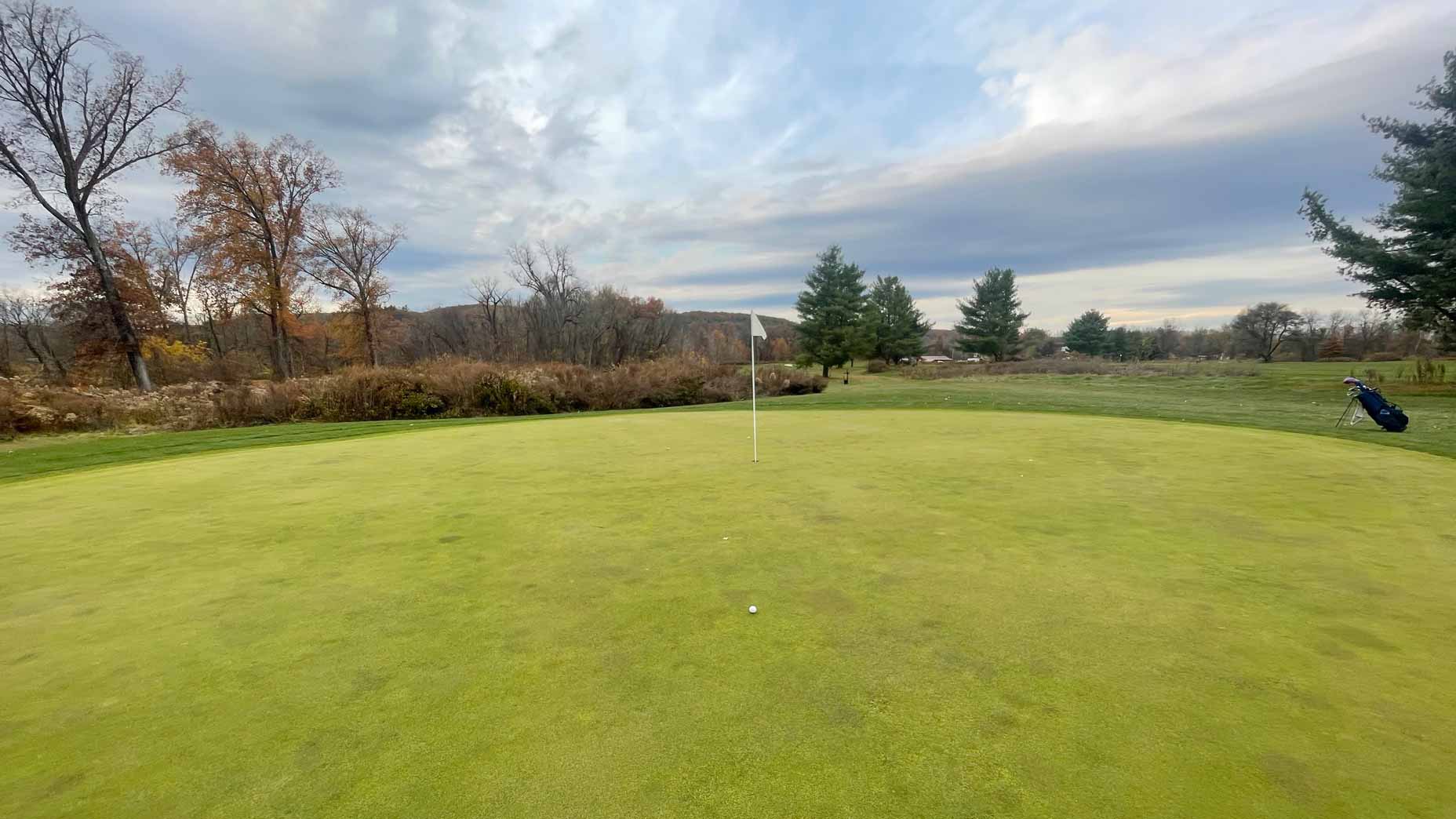 Why this heralded PNW Muni was my favorite course I played in 2025
Why this heralded PNW Muni was my favorite course I played in 2025
I wish I’d designed that: Four top architects on golf holes that are too good to be true
It takes rare imagination to walk a raw parcel of land and find a golf course on it. With a touch of envy, four top architects toast four golf holes that really floor them — but were dreamed up by another visionary.
The 11th at Pacific Dunes / Architect: Tom Doak
By Bill Coore

My design partner Ben Crenshaw and I are both very fond of short par 3s, in part because they require accuracy and finesse more than power, and in that way they provide a rare opportunity for a golfer of lesser ability to compete — and even succeed — against a better player. The 11th at Pacific Dunes is a wonderful example of an architect working with the natural landscape, rather than trying to impose himself on the land, to create a short par 3 of rare beauty and strategic intrigue. The hole requires a relatively modest carry over a sandy area and a bunker to a green set in the dunes along the Pacific, but it allows for a wide variety of shot shapes, and the challenge is wide-ranging depending on the wind. There are numerous holes and original concepts, such as the Alps and the Redan, that we wish we had created. But anything we build trying to approximate those designs is merely a copy or a tribute. What Tom Doak has created here is an authentic original, with its own distinct identity. It is truly as memorable and inspirational a hole as any I have seen.
Coore is the co-architect of Sand Hills (No. 14), Friar’s Head (No. 26), Cabot Cliffs (No. 43), Bandon Trails (No. 87) and Barnbougle (Lost Farm) (No. 89).
The 6th at Kingsbarns / Architect: Kyle Phillips
By David McLay Kidd

A lot of people don’t realize it, but Kingsbarns was farm fields, not dunes. The owner, Mark Parsinen, and the architect, Kyle Phillips, reimagined a landscape that might have existed in geologic history and essentially created a golf course out of nothing. I admire the entire course, but I especially love the 6th, a fantastic, drivable par 4 that offers the perfect balance of threat and opportunity. Off the tee, you’re given a view of a sloping fairway that pitches away from you on a sharp diagonal. Simply putting the ball in play doesn’t look too challenging, but bombing one across the tightest line and rolling it onto the green is a possibility too tempting to resist. If you don’t pull off the shot, there is still a chance at redemption. But if you do, the result is positively delicious. The ball flight, bounce and roll might take 30 seconds or more, and with every second the shot can get better and better. But there is also the drama of uncertainty. Will the ball have enough to reach the green, but not too much so that it trickles over? It’s a hole that presents you with a riveting strategic riddle. And I think of it often when I try to create a great short par 4.
McLay Kidd is the architect of Bandon Dunes (No. 80).
The 4th at Fishers Island / Architect: Seth Raynor
By Gil Hanse
ADVERTISEMENT

Part of my rationale for picking the 4th hole at Fishers is that it would mean my team and I would have designed the rest of the course, in its amazing location off the tip of Long Island. Still, the 4th stands out to me for its bold use of a dramatic piece of land to create a composite template hole, with an Alps formation in the fairway/approach and a punchbowl green. While the hole is great to look at and play, it is also very strategic; it rewards the golfer who plays their tee shot along the right side of the hole with a better angle and a view of the flag if the pin is placed on the right side of the green. Although modern technology has taken the driver out of the long hitter’s hands, it is still a thrill to watch tee shots take flight here. This hole also includes my favorite walk in golf, as you crest the hill and look down into the green. The 4th hole at Streamsong Black, which my team and I designed, has a Punchbowl green that was partially inspired by the 4th at Fishers, as well as by other Seth Raynor holes. What’s impossible to emulate is the setting at Fishers. The view is so beautiful as to be distracting. But my focus is always on counting the balls in the bowl to see how everyone fared. Once I’ve done that tally, I always pause to take in the incomparable view.
Hanse is the architect of Castle Stuart (No. 66) and Ohoopee Match Club (No. 98).
The 14th at the Old Course, St. Andrews / Architect: Old Tom Morris
By Greg Norman

There are so many things to love about this par-5 hole, but what stands out to me are the simplicities and complexities rolled into one. The more straightforward approach is to play it up the left as a traditional three-shotter. But you can also challenge yourself to get there in two by taking a more aggressive line up the right, flirting with the out of bounds. That was generally my preference: to take it out over the white stakes and get my drive as far out there as possible. But, as with all great links holes, it all depends on the wind. If you miss a shot, you face a snowballing accumulation of problems. You might have to gouge out from a fairway bunker. Or you’ll bring Hell’s Bunker into play with your layup, some 80 or 90 yards short of the green. And then there’s the green itself: It’s a large, shared green with the 4th hole, and it has a ridge running perpendicular to you and a drop-off in the back. They can tuck the pin in places that make it all but impossible to access with anything but a perfect shot. And if you miss, you’re left with a challenging chip or pitch. If you built a green like this today, they’d yell at you and tell you that you were crazy. But it’s a work of art. The entire hole. I’m generally not one for copying or emulating other designs, but if I ever got a site that allowed for it, the 14th is the hole I’d try to re-create.
Norman is the co-architect of Ellerston (No. T77).
ADVERTISEMENT




